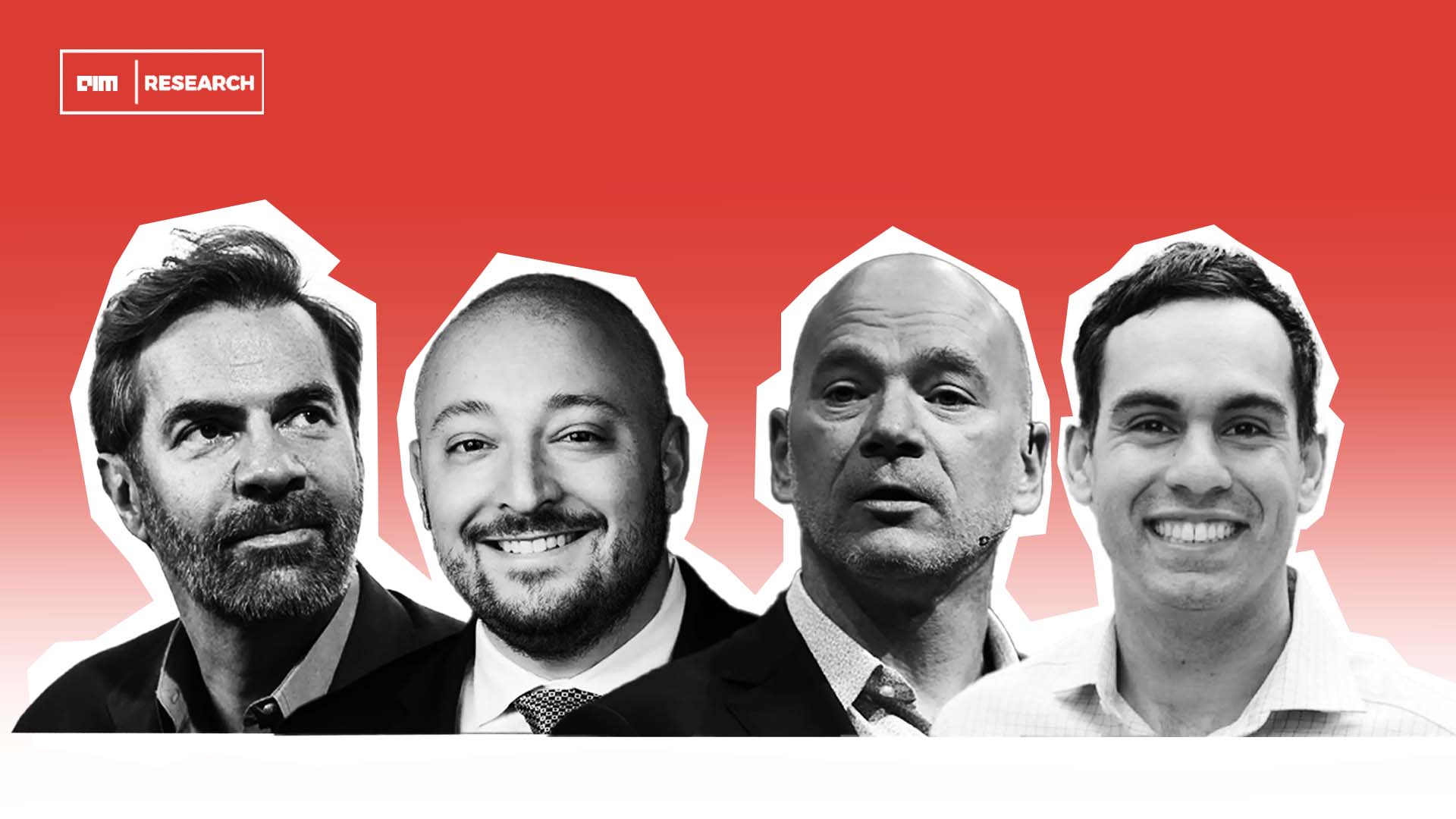

Most businesses understand that AI has the potential to alter their operations, but knowing where to apply it is difficult. Companies across industries are investing billions of dollars in AI, aiming to streamline operations, increase efficiency, and gain a competitive advantage. Despite these efforts, many organisations struggle to turn AI adoption into real economic value. The issue is not the technology itself, but how organisations choose to utilise it.
Workhelix, a Palo Alto-based tech-enabled services company, aims to tackle this challenge. Instead of applying AI indiscriminately across entire business units, Workhelix takes a more precise approach by breaking down job roles into individual tasks and assessing each one for its suitability for AI adoption. This methodology, developed through years of research by leading academics, provides businesses with a clear roadmap to AI implementation and a framework to track its impact.
Workhelix was co-founded in 2022 by a team of prominent researchers and technology experts, including Erik Brynjolfsson, Andrew McAfee, Daniel Rock, and James Milin. Brynjolfsson, the director of Stanford’s Digital Economy Lab, has spent years studying the intersection of technology and productivity. He argues that companies often fail in AI adoption because they take an overly broad approach.
“Many companies are getting AI adoption wrong because they look to apply AI to whole divisions of their business,” said Milin, the company’s CEO. “That’s not a systematic, rigorous way to adopt generative AI and is part of the reason people are frequently so disappointed.”
The Workhelix platform assesses more than 250,000 tasks for a typical enterprise, determining where AI can drive the most value. Instead of relying on intuition or hype, the platform uses data science, AI, and econometrics to evaluate the potential of automation on a granular level. The result is a structured, quantitative approach that helps enterprises allocate AI investments more effectively.
Brynjolfsson emphasizes that AI’s impact varies across different types of work. “There’s this long tail of tasks that the machines actually don’t help that much with,” he explained. “You need humans to be involved. And then there are other tasks where the machines are very helpful. And almost every project that we look at, there’s some of each of those.”
Since launching its product in April 2024, Workhelix has attracted a notable roster of enterprise clients, including Accenture, Wayfair, and Coursera. According to Milin, the company’s first dozen customers came through the door without any paid advertising, highlighting the strong demand for AI adoption strategies that offer measurable returns.
“This is something that they’re really hungry for,” Brynjolfsson said. “They haven’t seen anything like it before. There are consultants out there, but they don’t have these kinds of tools. We’re filling a huge gap. I think the biggest gap there is in the market.”
Workhelix yesterday closed a $15 million Series A funding round, led by AIX Ventures with participation from Andrew Ng’s AI Fund, Accenture Ventures, Bloomberg Beta, and other prominent investors. The company also secured backing from influential figures such as LinkedIn co-founder Reid Hoffman, OpenAI co-founder Mira Murati, and Jeff Dean, the chief scientist at Google DeepMind and Google Research.
Shaun Johnson, a founding partner at AIX Ventures, highlighted the strength of Workhelix’s leadership team as a key reason for investing. “Erik, Andy, and Daniel have amazing access to the Fortune 500 C-suite and access to customers,” Johnson said. “It’s extreme founder-market fit and their approach is extreme founder-product fit. That caused us to want to dive in.”
Workhelix’s momentum has also attracted interest from Accenture, which recently made a strategic investment through Accenture Ventures. The company’s solutions will be integrated into Accenture LearnVantage, a platform designed to help businesses reskill and upskill their workforce in AI and data-related domains. This move aligns with Accenture’s broader push to support companies in unlocking tangible value from AI investments, ensuring that employees can effectively work alongside AI-driven tools.
Additionally, Workhelix will join Accenture Ventures’ Project Spotlight, a vertical accelerator that provides startups with access to Accenture’s expertise and enterprise clients. Project Spotlight is designed to bridge the gap between cutting-edge AI solutions and real-world business challenges by offering startups strategic guidance, domain knowledge, and direct client exposure.
Accenture’s involvement underscores the need for structured AI implementation, as highlighted in its recent Pulse of Change survey. The survey found that while 86% of C-suite leaders plan to increase their generative AI investments, only 35% of employees understand its potential value. This disconnect between leadership vision and workforce readiness presents a major hurdle for enterprises looking to maximize AI adoption. Workhelix’s approach leveraging over 450 million workplace data points across 20,000+ jobs and 300,000+ activities seeks to close this gap by providing businesses with a framework to evaluate AI’s impact on workforces and implement it strategically.
As AI adoption grows, businesses require more than simply enthusiasm; they need a strategy that ensures real financial gain. In this process, Workhelix provides organisations with the resources they need to make more informed, evidence-based decisions about where AI may be most beneficial.
Brynjolfsson believes the stakes couldn’t be higher. “I think there’s a trillion-dollar opportunity here to create value,” he said. “Not that we’re going to capture all, or even most of that, but we want to unlock that. This is the biggest technological transformation that’s ever happened, and very few people are thinking about unlocking the business side of it.”
📣 Want to advertise in AIM Research? Book here >
Cypher 2024
21-22 Nov 2024, Santa Clara Convention Center, CA
A Vendor Briefing is a research tool for our industry analysts, and an opportunity for a vendor to present its products, services and business strategies to analysts who cover the vendor specifically or a related technology or market.
AIM Research encourages technology vendors and agencies to brief our team for PeMa Quadrants, when introducing a new product, changing a business model, or forming a partnership, merger, or acquisition.


